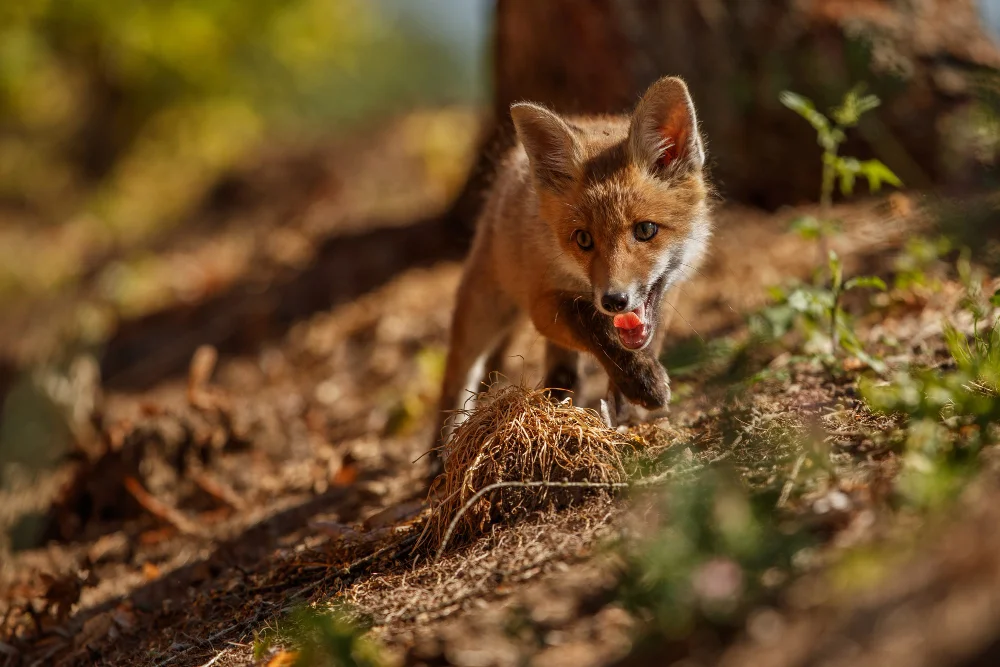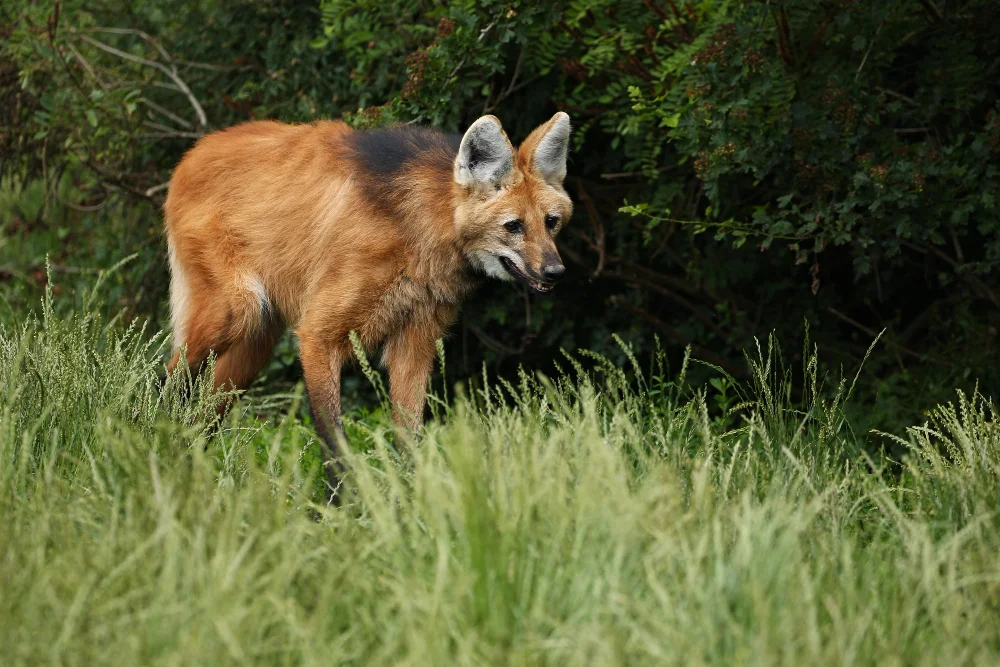Description and Classification: Canis aureus moreoticus is a subspecies of the golden jackal belonging to the Canidae family. Also known as the European golden jackal, this subspecies is primarily found in Central and Eastern Europe.
Physical Characteristics: European golden jackals typically weigh between 8 to 14 kg on average. They have a distinctive dark-colored mane around their necks and their bodies are generally yellowish or brownish in color. They have long, pointed ears and proportionally long legs.

Habitat and Distribution: Canis aureus moreoticus can be found in various habitats including forests, steppes, and grasslands. They are particularly common in Central and Eastern Europe. They also inhabit agricultural areas and rural landscapes.
Behavior and Diet: European golden jackals are primarily nocturnal and are known to be social animals, often living in groups. They feed on a variety of sources including small mammals, birds, reptiles, insects, and occasionally scavenged food such as garbage. They may also cooperate in hunting in groups.
Reproduction and Breeding: Breeding season usually occurs towards the end of winter or the beginning of spring. Females typically give birth once a year, usually to a litter of 3 to 6 pups. The pups are cared for by the mother and become independent after about six months.
Conservation Status and Threats: European golden jackals face threats such as habitat loss, hunting, and human interference. Conservation efforts vary across different regions, with some areas implementing hunting regulations and management programs. Overall, the population of Canis aureus moreoticus appears to be stable.
Ecological Role: European golden jackals play an important role in ecosystem dynamics, helping to control populations of prey species and contributing to ecosystem health. They also contribute to ecosystem functioning by scavenging on carrion and controlling insect populations.
In conclusion, Canis aureus moreoticus is a significant component of the natural ecosystems of Central and Eastern Europe, playing a crucial role in maintaining ecological balance and biodiversity in these regions.


